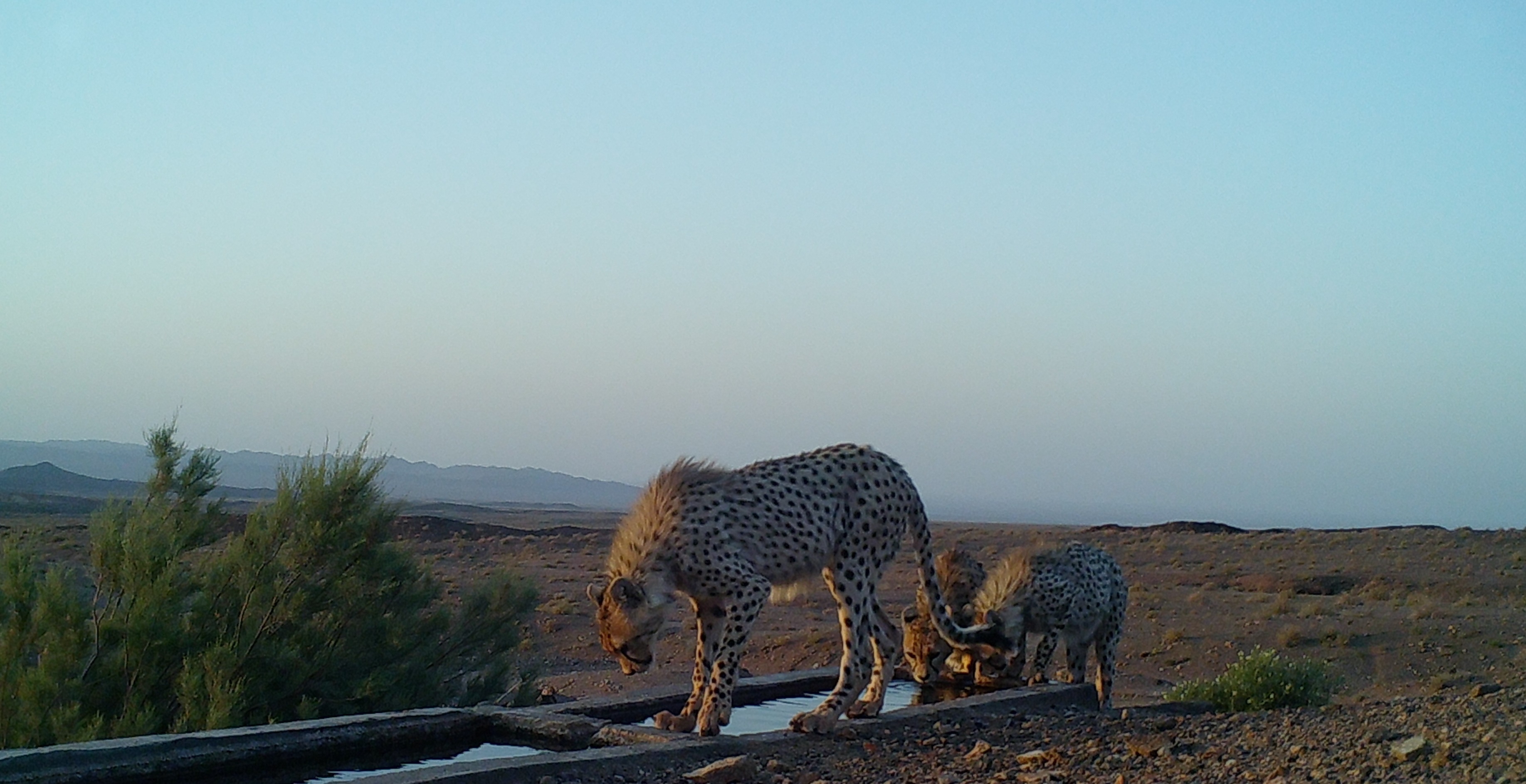HABITAT CONNECTIVITY OF LARGE AND THREATENED CARNIVORES IN ARID ENVIRONMENTS: EFFECTS OF HUMAN ACTIVITIES AND CLIMATE CHANGE ON GENETIC STRUCTURE OF ASIATIC CHEETAH

STUDENT SEMINAR IN BIODIVERSITY AND EVOLUTION

Habitat fragmentation is one of the major causes of global biodiversity loss, particularly for large carnivores. Over the past century Asiatic cheetah has undergone severe decline in population range and size to the point that currently it is restricted into to two subpopulations in central plateau of Iran. During my PhD, I am going to study population structure and habitat connectivity using non-invasive samples and spatial tools in order to propose appropriate management actions. In this talk I will present my PhD proposal, some preliminary results and the following steps.
Leili Khalatbari holds a MSc in Ecology and Conservation Biology from Uppsala University, Sweden. Currently she is enrolled in the BIODIV program at her 1st year under the supervision of Dr. José Carlos Brito (CIBIO-InBIO) and Dr. Urs Breitenmoser (Kora, Switzerland). Her PhD project is focused on the habitat connectivity of Asiatic cheetahs in central deserts of Iran.
[Host: José Carlos Brito, Biodiversity of Deserts and Arid Regions]
Image credits: Persian Wildlife Heritage Foundation